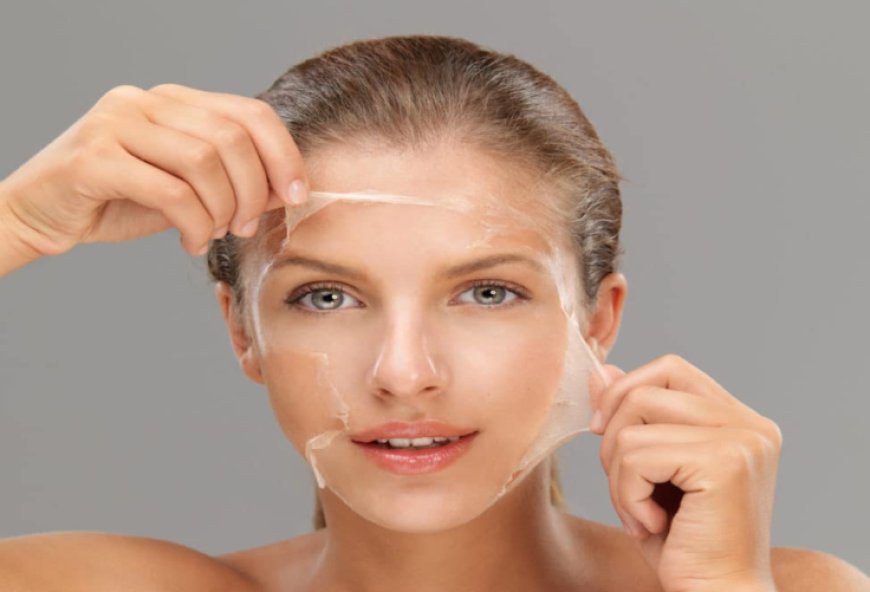Even Out Your Skin Tone with Chemical Peels
A chemical peel is a cosmetic treatment designed to improve the appearance of the skin by applying a chemical solution to the face, neck, or hands.

Chemical peels have emerged as a popular non-surgical cosmetic procedure for individuals seeking to improve their skin tone.
Understanding Chemical Peels
Chemical peels involve applying a chemical solution to the skin to remove the top layers.
Benefits of Chemical Peels for Skin Tone
- Reduction of hyperpigmentation: Chemical Peels Dubai can effectively reduce hyperpigmentation, including dark spots, age spots, and melasma.
- Even out skin tone: By targeting areas of uneven pigmentation, chemical peels can help to create a more uniform skin tone.
- Improved skin texture: The exfoliation process helps to refine skin texture, making it smoother and more even-toned.
- Increased collagen production: Chemical peels stimulate the production of collagen, a protein that gives the skin its structure and elasticity, contributing to a more even skin tone.
Types of Chemical Peels for Skin Tone
The type of chemical peel used depends on the severity of the hyperpigmentation and the desired results. Common types include:
- Superficial peels: These peels use mild acids like alpha-hydroxy acids (AHAs) or beta-hydroxy acids (BHAs) to target the outer
layer of the skin. They are suitable for addressing mild hyperpigmentation and uneven skin tone. - Medium peels: Using stronger acids like trichloroacetic acid (TCA), medium peels penetrate deeper into the skin to treat more significant hyperpigmentation and uneven skin tone.
- Deep peels: Reserved for severe hyperpigmentation or dramatic results, deep peels employ phenol or carbolic acid to remove multiple layers of the skin. They require a longer recovery period and are typically performed in a hospital setting.
Choosing the Right Chemical Peel
When considering a chemical peel for skin tone, it's essential to consult with a qualified dermatologist or aesthetic practitioner. They will assess your skin condition, discuss your goals, and recommend the most appropriate type of peel for you.
The Recovery Process
The recovery time for chemical peels varies depending on the depth of the peel.
Aftercare and Maintenance
Following a chemical peel, it's crucial to follow your dermatologist's aftercare instructions. This may include avoiding sun exposure, using sunscreen, and applying prescribed skincare products. Regular maintenance peels can help to maintain the results achieved.
Combining Chemical Peels with Other Treatments
For more dramatic results, chemical peels can be combined with other treatments, such as:
- Hydroquinone: A topical medication that can help to lighten dark spots.
- Laser resurfacing: Laser resurfacing can help to further reduce the appearance of hyperpigmentation.
Conclusion
Chemical peels offer a safe and effective way to even out skin tone and reduce hyperpigmentation.

 Royalclinic34
Royalclinic34